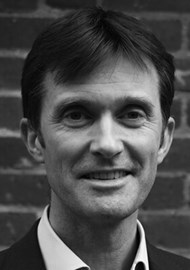The editors of this 450-page book are amongst the most respected laryngologists in the world, with a vast amount of experience between them. It is therefore no surprise that they have put together a very comprehensive and well thought-out book. Many of the chapter authors are also themselves internationally renowned, and disciplines represented include ENT, speech therapy, psychology, singing teaching and performing.
The book is divided into six sections: an overview; diagnostics; medical treatments; behavioural treatments; surgical treatments; and building a professional voice practice. This feels like a reasonably logical progression as one reads through the chapters. In common with other books in the field of laryngology, much of the book covers familiar topics such as anatomy, surgical techniques, reflux, medical therapies, etc.
Peak Woo’s chapter on examination of the singer is mostly excellent, but unfortunately does not discuss chip-tip endoscopy, which has been in widespread use in voice clinics around the world and has changed the practice of many laryngologists. The chapter on hormonal changes, which is potentially a fascinating topic, is sadly a little too woolly to be helpful.
There are several chapters that are particularly useful for the laryngologist who is not a performer himself or herself: in particular, the chapter on performance anxiety gives a fascinating insight into the psychology of performing, and offers a glimpse into psychotherapeutic techniques that can be helpful. Two chapters on the acute assessment of professional singers give some assistance when confronted with a singer who is unsure as to whether they can perform. The final section, on medico-legal issues, is a welcome (if slightly alarming) reminder that not all of our patients are happy with their outcomes.
The book is attractively presented in hardback; future editions might wish to update the typeface to something a little more “crisp” to give a more contemporary feel.





